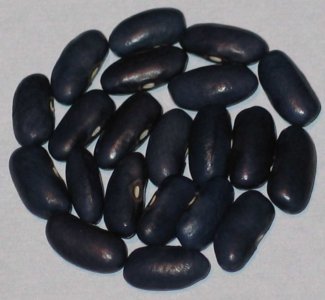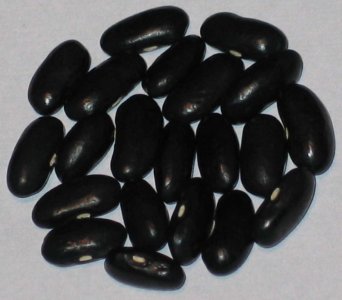Zeedman
Garden Master
I added both soil sulfur and gypsum to my home gardens in the Fall of 2021, along with wood ashes, charcoal, and lots of shredded leaves. Those gardens were very depleted after 20 years of use; yet after that treatment, the results in 2022 were phenomenal. Last Fall, I added some wood ashes & A LOT of shredded leaves - but not the gypsum or soil sulfur. My thinking was that all of the organic material breaking down would offset the increased pH of the ashes... but I don't believe that was the case. That may (or may not) have been responsible for the poor performance of most P. vulgaris beans this year.with the reduction in coal burning power plants and better air quality it may make sense for me to do a side by side trial in a garden for using some sulphur this spring. i have the elemental powder on hand for acidification, but i do not have any gypsum which will not have as much of an effect on the pH. gypsum is one of my amendment trials i'd like to do anyways since it will help improve the heavy clay in the gardens. if i can find a decent source of it.
The very late freeze this year led to garden cleanup which has yet to be fully completed, so any soil amending is necessarily postponed until Spring 2024. I'm hoping the snow melts - and the lawn dries out enough - for me to at least collect my leaves & grass to spread on the home gardens.




